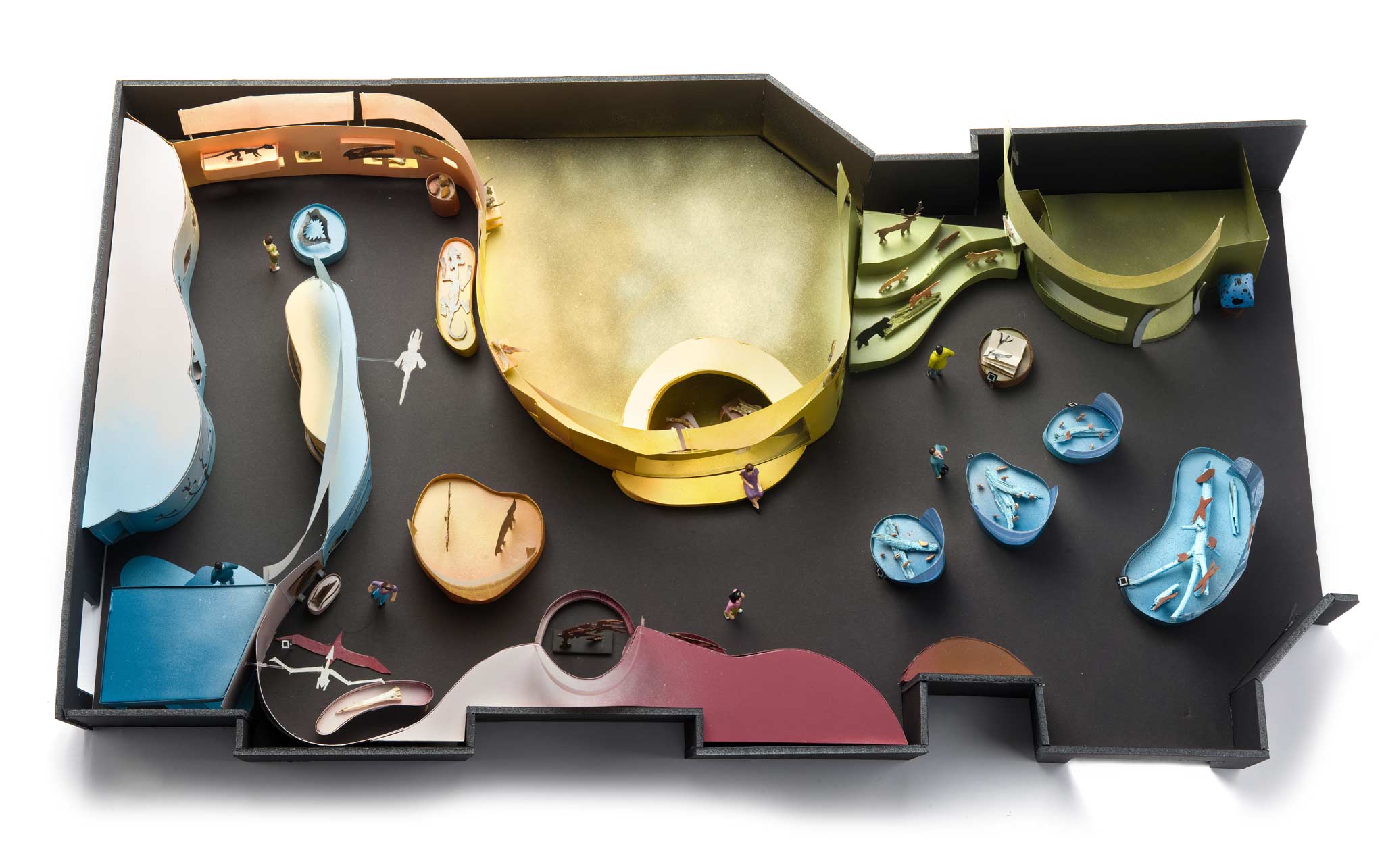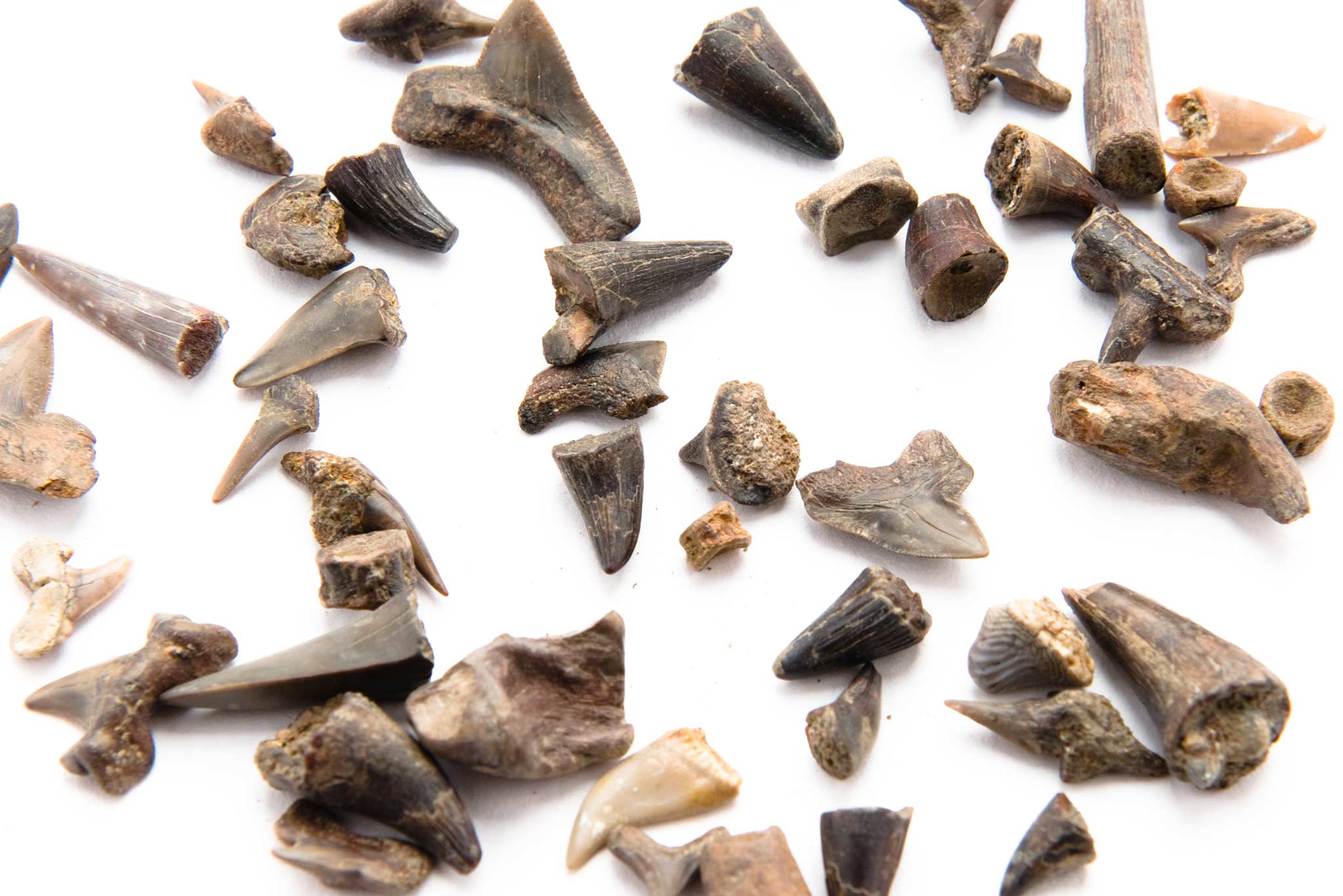Bringing Them Back to Life: Prehistoric Forensics
Bringing Them Back to Life is a blog series from The Charleston Museum that provides updates and plans for our Natural History Gallery renovations.
We are making excellent progress on design and fundraising for the Natural History Gallery. I am pleased to report that we have reached 91% of our project goal. If you have not had a chance to respond to request for member donations, it is not too late to do so. Please send your gift using the mailer card that was sent to you or visit our website to donate by credit card (click the Natural History Gallery button). We are so grateful to all those who have given to the project.
We are currently displaying the model of the gallery, prepared by designer Becca Barnet, of Sisal & Tow, in the Museum lobby, along with pertinent fundraising information. If you have not had a chance to see the model, please pay us a visit to have a look. It really helps one to grasp the scale of the project, the flow of the gallery, and the many facets of the natural history collections that will be displayed in it.
Among the collection objects covered in the gallery will be a wonderful array of fossils from prehistoric South Carolina. See what Matt Gibson, Curator of Natural History, has to say about the “forensics” of these fossils.
Prehistoric Forensics
Simply understanding the way bones, teeth, or shells should look is not enough to truly understand an organism. Paleontologists also have to understand taphonomy, or the processes that will affect the body of an organism after it has died. Fossils, to be preserved perfectly, have to be buried quickly so they are not scavenged and scattered by other organisms. Often, only part of an organism’s body is buried, exposing the rest to scavengers. As scavengers feed on the organism, they leave behind bite marks on bones and shells.
Paleontologists, when they find a fossil with bite marks, then have to use their knowledge of anatomy and taphonomy to determine if the organism was alive or dead when it was preyed upon. This helps flesh out the story of the organism and allows for paleontologists to build prehistoric food chains. For example, if an ancient whale is found with bite marks on its ribs surrounded by bone growth, it shows the whale had been attacked by a predator and survived. Then, if a tooth can be matched up to the bite marks, a predator can be identified. This also helps rule out if a particular wound was fatal and led to the animal sinking to the bottom and fossilizing or if the bite marks were left by a scavenger well after death. Bite marks left by a scavenger wouldn’t have any evidence of healing, as the animal would have already been dead before it was scavenged.



